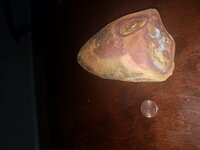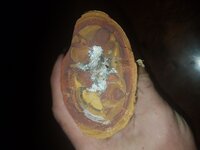Jeffparadise
Newbie
- Sep 7, 2017
- 1
- 2
- Primary Interest:
- All Treasure Hunting
The Rock was found in Central Texas in the river bed
Any help identifying exactly what it might be would be appreciated.
Any help identifying exactly what it might be would be appreciated.






